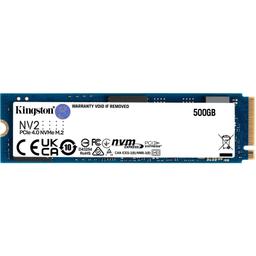I am considering getting 3 things to upgrade my PC to prepare it for more overclocking:
Replacing my B760 (Gigabyte Gaming X AX) with a Z790 (preferable) or Z690 mobo to unlock full overclocking allowance (I have already tried Intel XTU which crashed my PC when I tried to force an overclock although I can Overclock my GPU with MSI Afterburner)
another 32GBs of RAM (DDR5 5600) (I know the exact kit I currently have so will just buy another to run in 4x16GB)
GPU Waterblock cooler (Not sure which yet)
Since my CPUs AIO (360mm) sits fairly close to where my GPU is I am not sure of the clearance that would be available for GPU waterblock cooling pipes so is it technically viable to go for right angle attachment pipes to "bypass" that clearance limit)
Current System:
There is no temp issue as at most my system goes to: (casual use):
CPU: 35c - 45c
GPU: 40c - 50c
Rarely much difference in temps when Gaming (about 10c difference)
Whilst I don't "need" the GPU block considering how a CPU being lower temps allows it to turbo more thanks to thermal headroom I am near certain similar applies to GPU and considering how overclocks will likely generate more "heat" it will allow my to get more performance out of the card. (Also is just visually nice I guess :> )
Replacing my B760 (Gigabyte Gaming X AX) with a Z790 (preferable) or Z690 mobo to unlock full overclocking allowance (I have already tried Intel XTU which crashed my PC when I tried to force an overclock although I can Overclock my GPU with MSI Afterburner)
another 32GBs of RAM (DDR5 5600) (I know the exact kit I currently have so will just buy another to run in 4x16GB)
GPU Waterblock cooler (Not sure which yet)
Since my CPUs AIO (360mm) sits fairly close to where my GPU is I am not sure of the clearance that would be available for GPU waterblock cooling pipes so is it technically viable to go for right angle attachment pipes to "bypass" that clearance limit)
Current System:
There is no temp issue as at most my system goes to: (casual use):
CPU: 35c - 45c
GPU: 40c - 50c
Rarely much difference in temps when Gaming (about 10c difference)
Whilst I don't "need" the GPU block considering how a CPU being lower temps allows it to turbo more thanks to thermal headroom I am near certain similar applies to GPU and considering how overclocks will likely generate more "heat" it will allow my to get more performance out of the card. (Also is just visually nice I guess :> )












